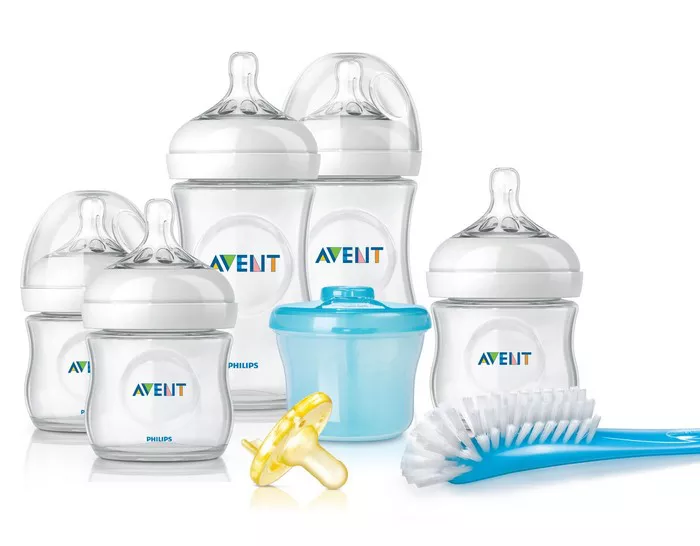In the realm of parenting, especially for those with infants, ensuring the utmost cleanliness and safety of feeding equipment like bottles is paramount. Sterilization of baby bottles is a common practice to eliminate harmful bacteria and germs, but a pertinent question often arises: Is washing bottles before using a sterilizer necessary? This article delves into this query, providing comprehensive insights into the importance of washing bottles before sterilization and the best practices to maintain hygiene in infant feeding.
Understanding the Sterilization Process
Sterilization is the process of killing or eliminating all forms of microorganisms, including bacteria, viruses, fungi, and spores, from a surface, a fluid, medication, or a compound. In the context of infant feeding, sterilizing baby bottles is crucial to prevent infections and ensure the safety of the child. Sterilization methods commonly used for baby bottles include boiling, steam sterilization, and chemical sterilization.
The Importance of Washing Bottles Before Sterilization
While the primary goal of sterilization is to eradicate harmful microorganisms, washing bottles before sterilization is equally essential. Washing removes visible dirt, milk residues, and other contaminants from the surface of the bottle, which may harbor bacteria and interfere with the sterilization process. Failure to wash bottles adequately before sterilization can compromise its effectiveness, leaving behind residues and potentially allowing harmful microorganisms to persist.
Benefits of Washing Bottles Before Sterilization
1. Removal of Residues: Washing bottles before sterilization removes milk residues and other contaminants, ensuring a clean surface for effective sterilization.
2. Enhanced Sterilization Efficacy: Clean bottles facilitate better contact between the sterilizing agent (e.g., steam, boiling water) and the bottle surface, improving the efficacy of the sterilization process.
3. Prevention of Bacterial Growth: Washing removes organic matter that can support bacterial growth, reducing the risk of contamination during sterilization and storage.
4. Elimination of Odors and Stains: Proper washing helps eliminate odors and stains, enhancing the overall cleanliness and appearance of baby bottles.
Best Practices for Washing Bottles Before Sterilization
1. Use Hot, Soapy Water: Wash bottles, nipples, caps, and other feeding equipment with hot, soapy water immediately after use. Use a bottle brush to reach inside the bottle and clean hard-to-reach areas thoroughly.
2. Rinse Thoroughly: After washing, rinse all components of the bottle with clean, running water to remove any soap residue.
3. Air Dry or Towel Dry: Allow the washed bottles and accessories to air dry on a clean drying rack or use a clean towel to dry them thoroughly. Avoid using cloth towels that may introduce lint or contaminants.
4. Inspect for Residues: Before sterilization, visually inspect the bottles to ensure that no milk residues or other contaminants remain. Pay particular attention to bottle nipples and areas where milk may accumulate.
5. Follow Manufacturer’s Instructions: Adhere to the manufacturer’s guidelines for washing and sterilizing baby bottles. Different types of bottles and sterilizers may have specific instructions for optimal cleaning and sterilization.
Common Misconceptions About Sterilizing Baby Bottles
1. Sterilization Replaces Washing: Some parents mistakenly believe that sterilization alone is sufficient to clean baby bottles, neglecting the importance of thorough washing. Sterilization complements washing but does not replace it.
2. Microwave Sterilization is Superior: While microwave sterilization is convenient and quick, it may not be as effective as steam or boiling water sterilization methods. Microwaves can create uneven heating, leading to inadequate sterilization.
3. Boiling Water is the Only Effective Method: While boiling water is an effective method for sterilizing baby bottles, modern steam sterilizers offer a convenient and efficient alternative. Both methods can effectively eliminate harmful microorganisms when used correctly.
Conclusion
In conclusion, washing bottles before using a sterilizer is crucial for ensuring the cleanliness and effectiveness of the sterilization process. Proper washing removes visible dirt, milk residues, and contaminants, preparing the bottles for thorough sterilization. By adhering to best practices for washing and sterilizing baby bottles, parents can provide a safe and hygienic feeding environment for their infants, reducing the risk of infections and promoting their overall well-being. Remember, while sterilization is essential, it is no substitute for proper washing and hygiene practices.


